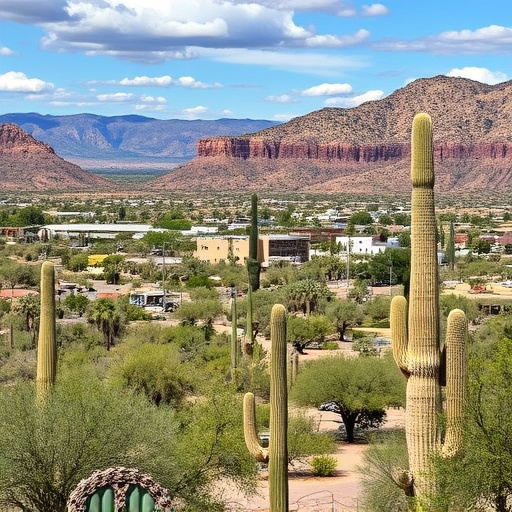In Tucson, the saguaro cactus holds profound cultural significance for indigenous tribes, symbolizing resilience and wisdom. Respecting these traditions is vital for visitors seeking authentic Tucson travel tips. When exploring Saguaro National Park, avoid disturbing or harvesting cacti without proper knowledge and permission, as some tribes hold them sacred. Sustainable tourism practices, including appreciation from a distance and supporting local artists, preserve the region's unique heritage and ecological balance while enhancing Tucson travel experiences.
“In the vibrant landscape of Tucson, Arizona, the majestic saguaro cactus holds cultural and spiritual significance for local Native American tribes. This ancient plant is not just a landmark but a living part of their heritage and traditional practices. This article explores the ethical dimensions of saguaro harvesting, delving into tribal traditions and sacred rituals while offering Tucson travel tips for visitors eager to respect and preserve this rich cultural tapestry.”
- Understanding Saguaro Cultural Significance in Tucson
- Tribal Traditions and Sacred Cactus Harvesting Practices
- Ethical Considerations for Visitors and Locals Alike
- Sustainable Tourism and Preserving Native Heritage
Understanding Saguaro Cultural Significance in Tucson
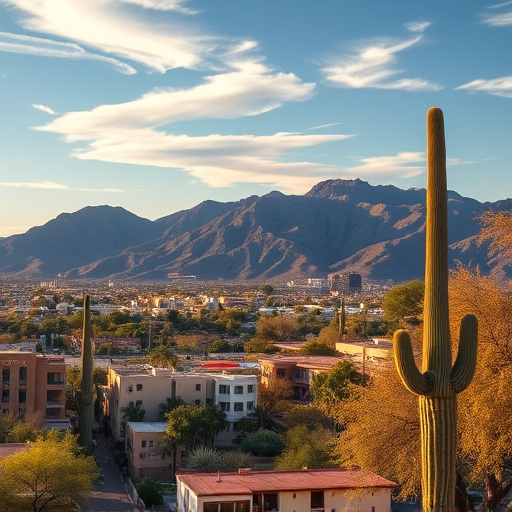
In Tucson, the saguaro cactus holds immense cultural and symbolic value for the indigenous tribes who have called this desert home for centuries. Beyond its aesthetic appeal, the saguaro is deeply intertwined with the historical narratives, spiritual practices, and traditional knowledge of these communities. For locals and Tucson travel enthusiasts alike, understanding the saguaro’s significance is an essential part of appreciating the region’s unique heritage.
The massive size and longevity of the saguaro cactus reflect patience and resilience—qualities highly valued in indigenous cultures. These majestic plants serve as a source of sustenance, providing vital water and food during arid months, and their wooden stems have been creatively utilized for construction and tool-making. Additionally, saguaros play a role in various cultural ceremonies and rituals, representing life, growth, and connection to the land. Respecting and preserving this cultural tradition is paramount when considering Tucson’s natural attractions as essential components of its vibrant tapestry.
Tribal Traditions and Sacred Cactus Harvesting Practices
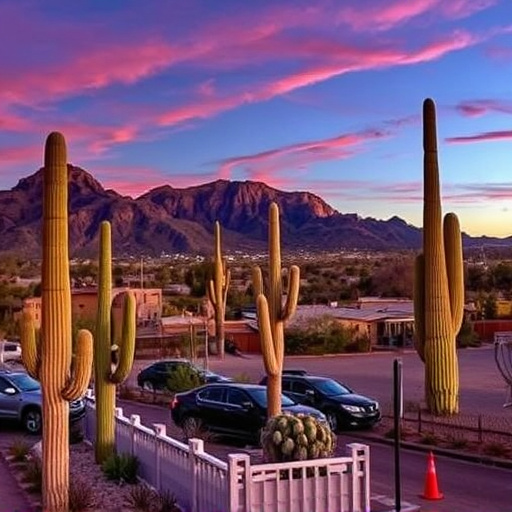
In the vibrant cultural landscape of Tucson and surrounding regions, Native American tribes hold deep connections to the land and its resources, including the iconic saguaro cactus. For centuries, these tribes have practiced sacred harvesting rituals, treating the saguaro as a living entity with spiritual significance. These traditions are not just about sustenance; they are deeply rooted in cultural ceremonies, healing practices, and the maintenance of ecological balance.
Tribal communities often view the saguaro as a symbol of resilience and wisdom, reflecting their own historical perseverance. Harvesting is performed with reverence, following specific protocols that ensure the survival of the cactus and the continuity of these ancient traditions. Tucson travel tips for visitors include respecting these cultural practices, understanding the significance of the saguaro in local Native American communities, and appreciating the intricate relationship between people and nature that has shaped this region’s unique identity.
Ethical Considerations for Visitors and Locals Alike
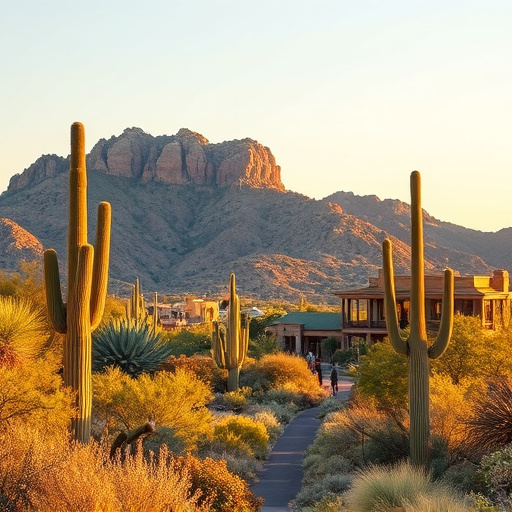
When visiting the iconic Saguaro National Park, whether as a local or a tourist, it’s paramount to approach saguaro harvesting with ethical considerations in mind. These majestic cacti hold immense cultural significance for Native American tribes who have called this region home for centuries. For visitors, understanding and respecting these cultural traditions is crucial when exploring Tucson’s natural wonders.
One important guideline is to never harvest or disturb saguaros without proper knowledge and permission. Some tribes consider saguaros sacred, and their harvesting is deeply rooted in traditional ceremonies and rituals. Locals and travelers alike should support and uphold these cultural practices by leaving the cacti untouched. Instead, focus on appreciating their beauty from a safe distance, allowing future generations to experience this unique aspect of Tucson’s rich cultural landscape as part of their Tucson travel tips.
Sustainable Tourism and Preserving Native Heritage
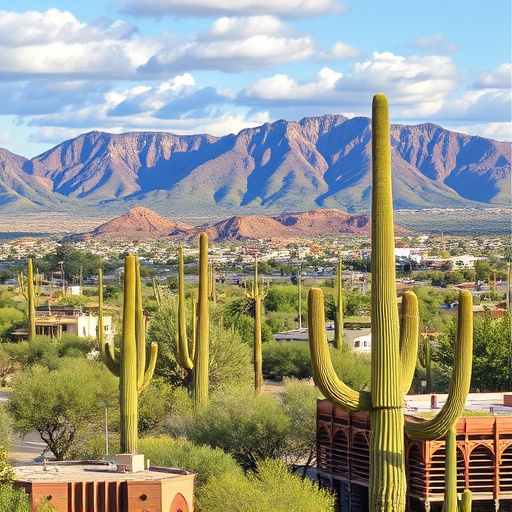
In the context of Tucson travel tips, sustainable tourism plays a pivotal role in preserving native heritage. The Sonoran Desert, with its iconic saguaro cacti, holds deep cultural significance for indigenous communities. When visitors explore this unique ecosystem, it’s essential to do so responsibly and ethically. This means respecting local traditions, understanding the importance of natural resources like saguaro cacti in Native American cultures, and supporting practices that promote ecological balance.
Tucson, known for its rich history and diverse landscapes, offers a chance to connect with these cultural roots while minimizing environmental impact. Tourists can learn about traditional uses of saguaro cacti from local tribes, purchase art and crafts made by indigenous artists, and engage in eco-friendly activities that contribute to the preservation of this delicate ecosystem. By embracing sustainable tourism practices, visitors can ensure that their travel experiences not only enrich their own lives but also honor and protect the cultural tapestry woven by these tribal communities.
In Tucson, understanding the cultural significance of Saguaro cacti is essential for both visitors and locals. Respecting tribal traditions and adopting ethical harvesting practices are crucial steps in preserving Native American heritage. When exploring this vibrant landscape, Tucson travel tips encourage mindful interaction with these sacred plants, ensuring their sustainability for future generations. By embracing responsible tourism, we can appreciate the rich tapestry of cultural practices while upholding the dignity of indigenous communities.
